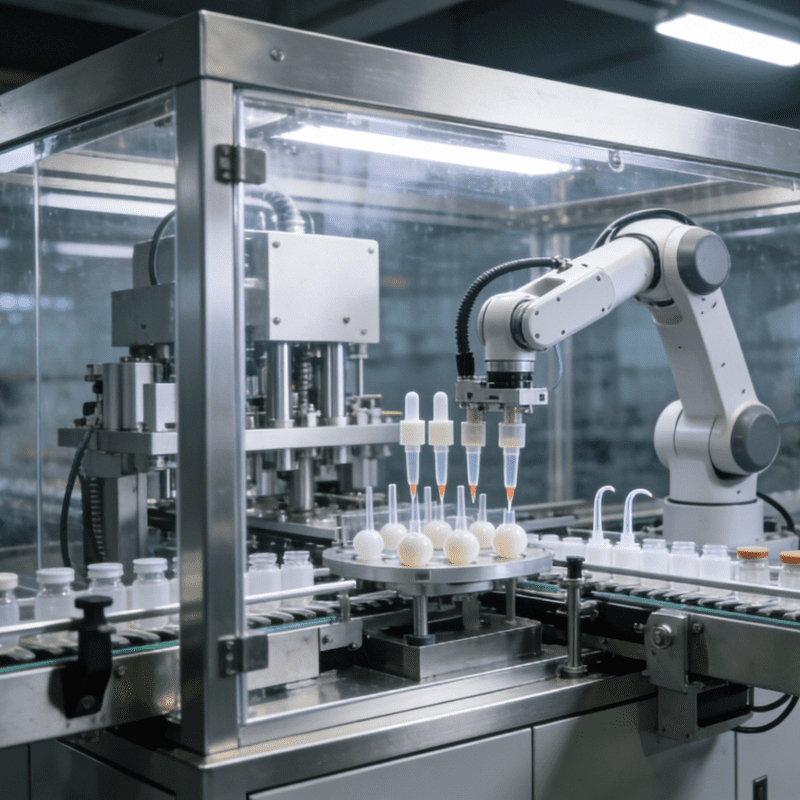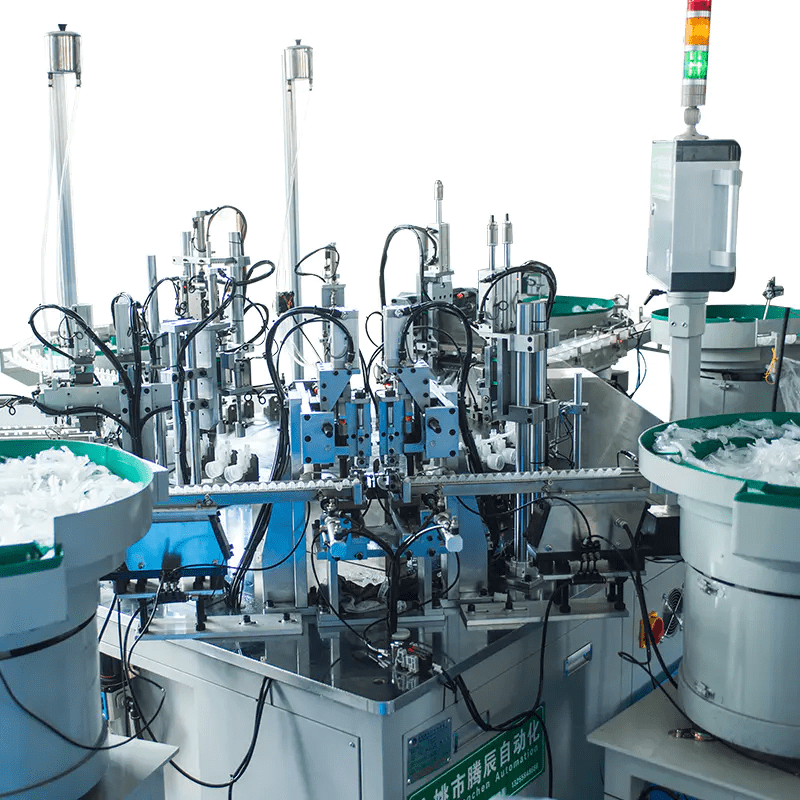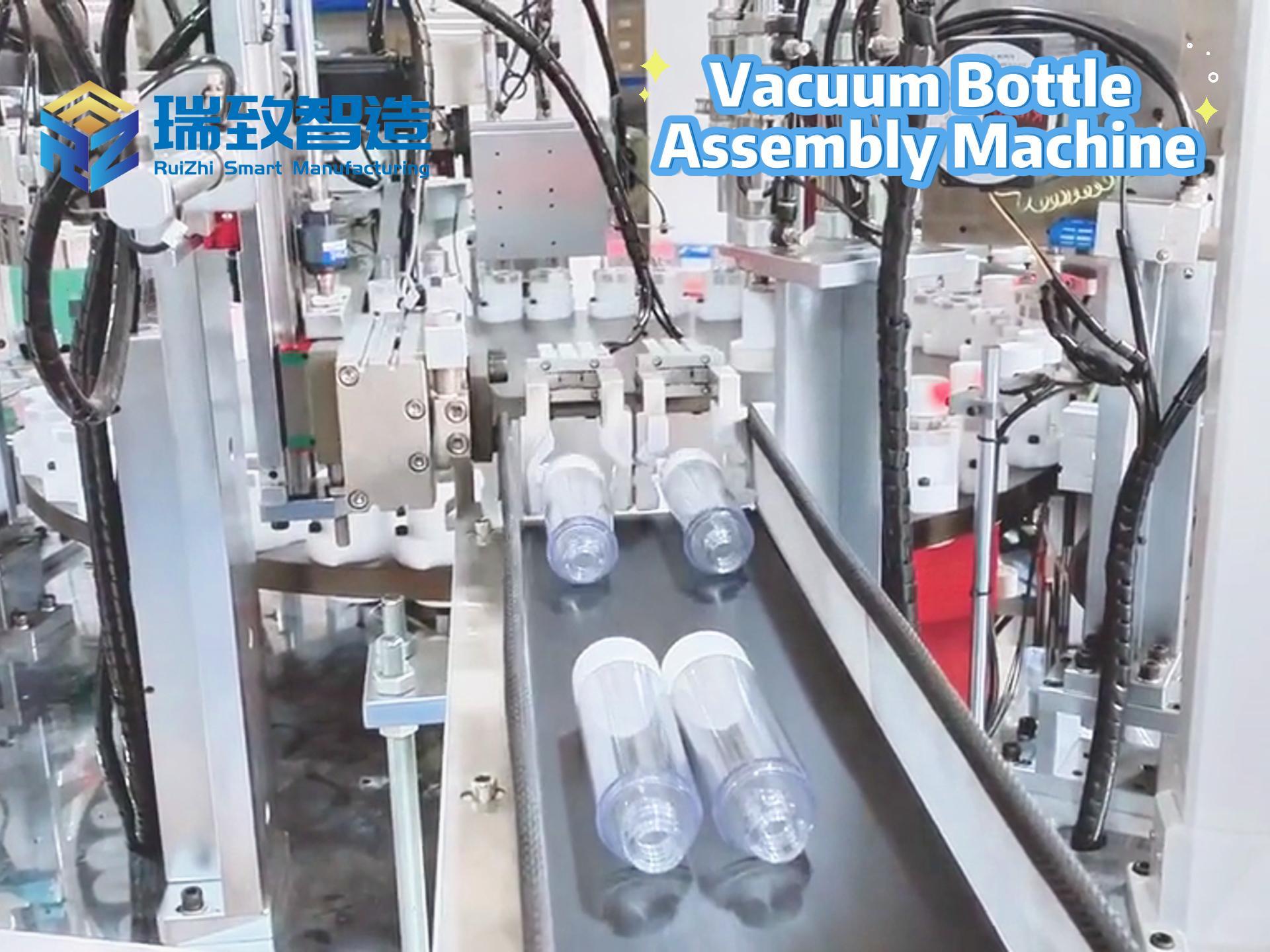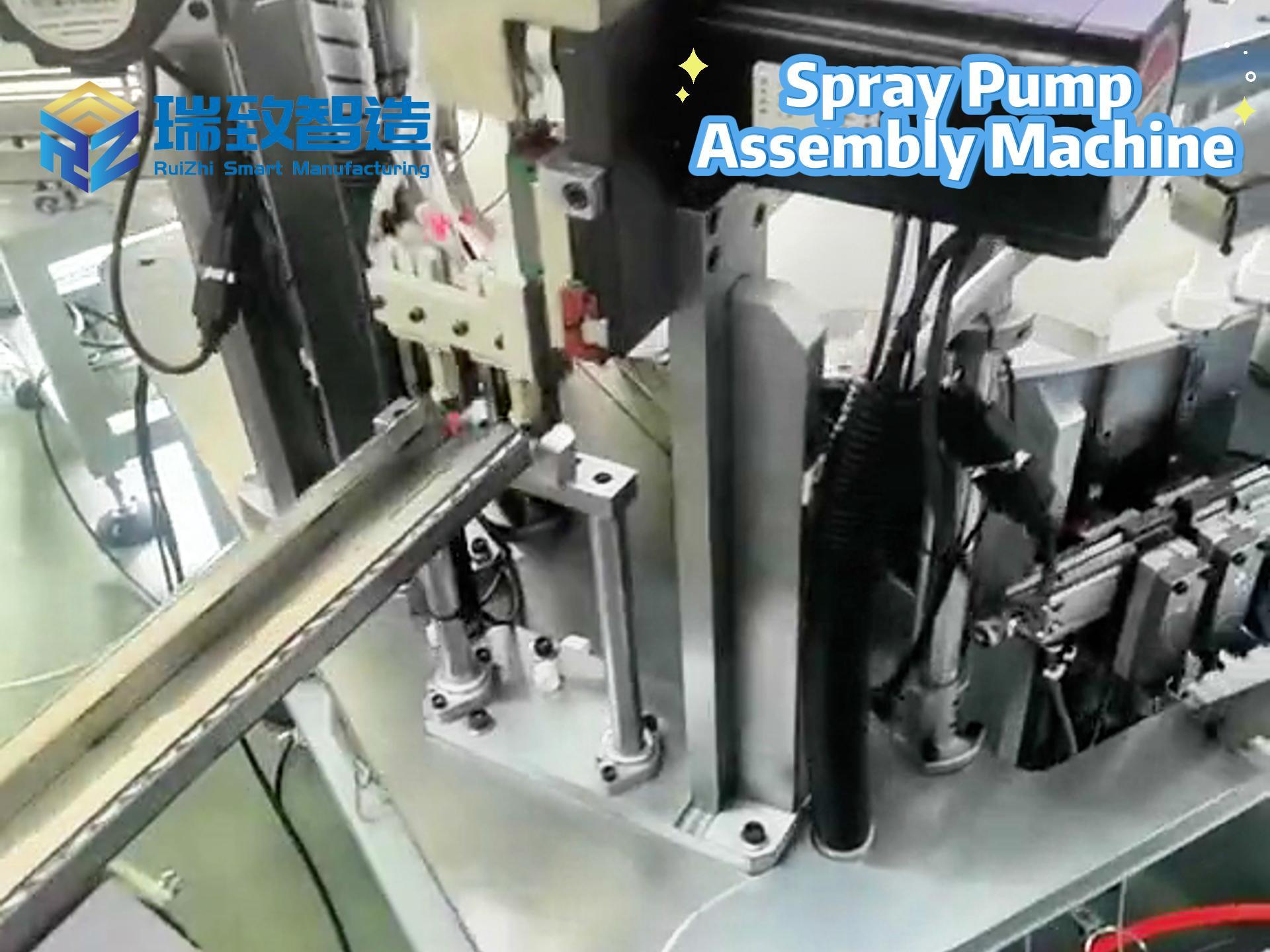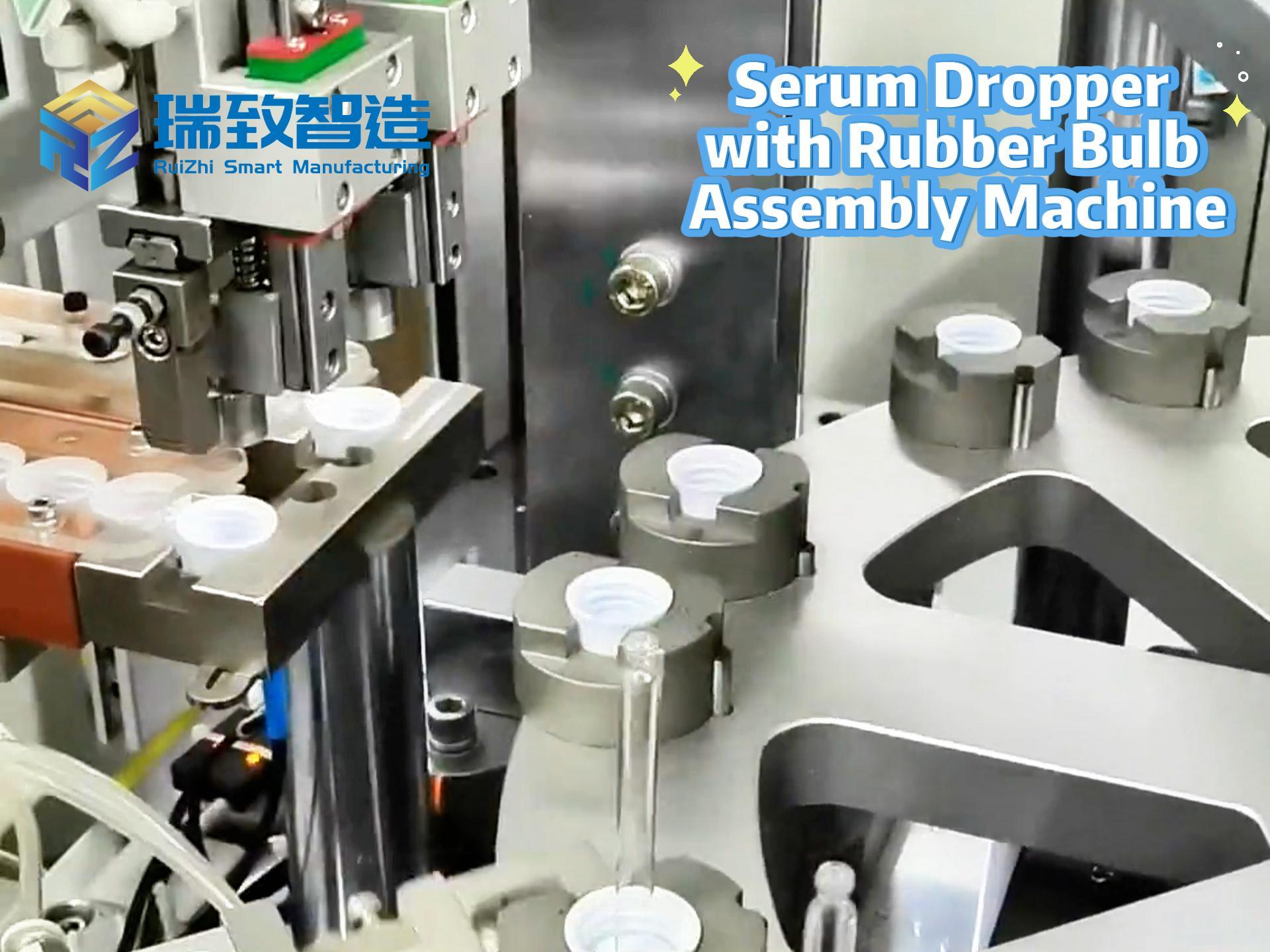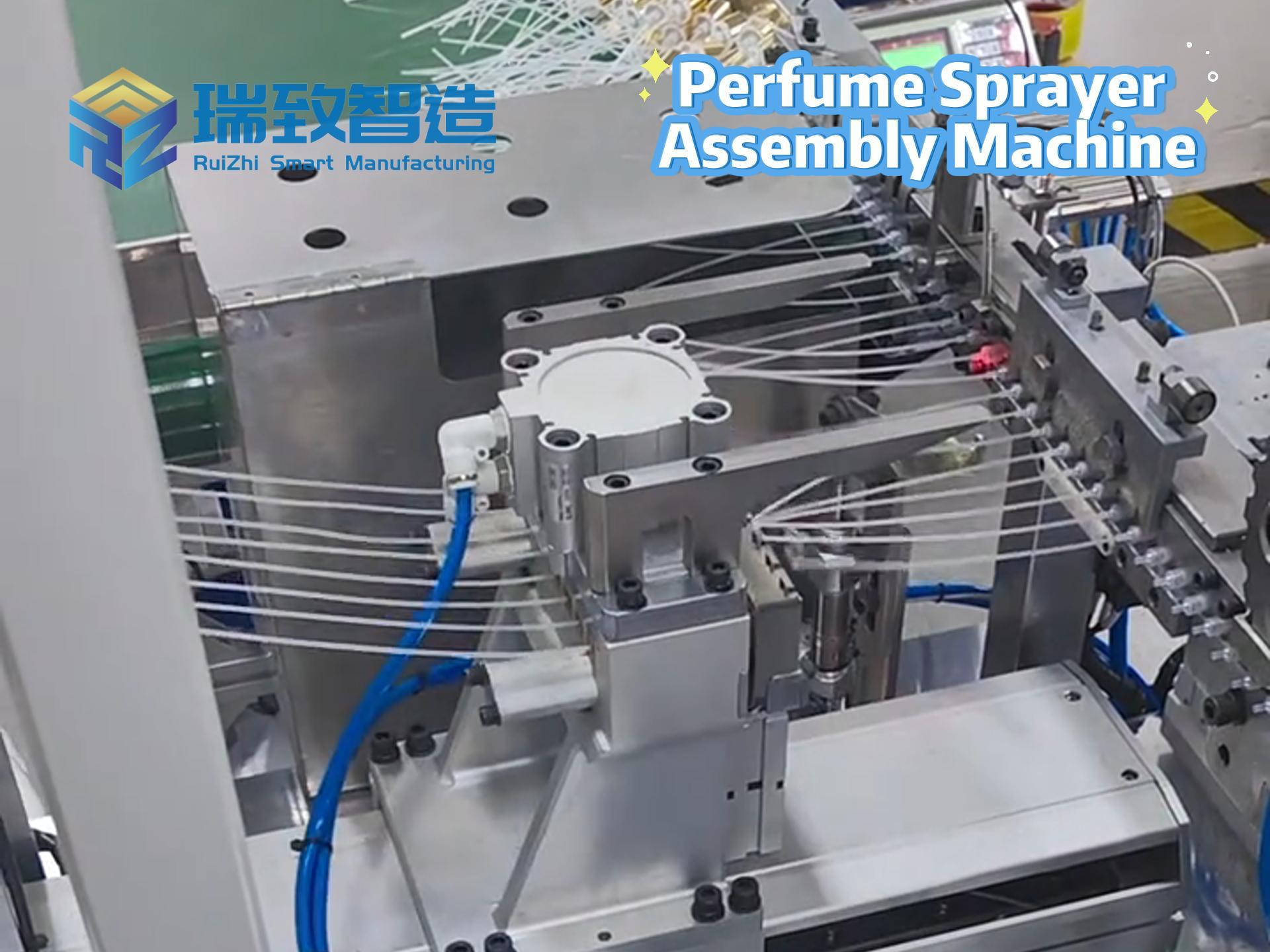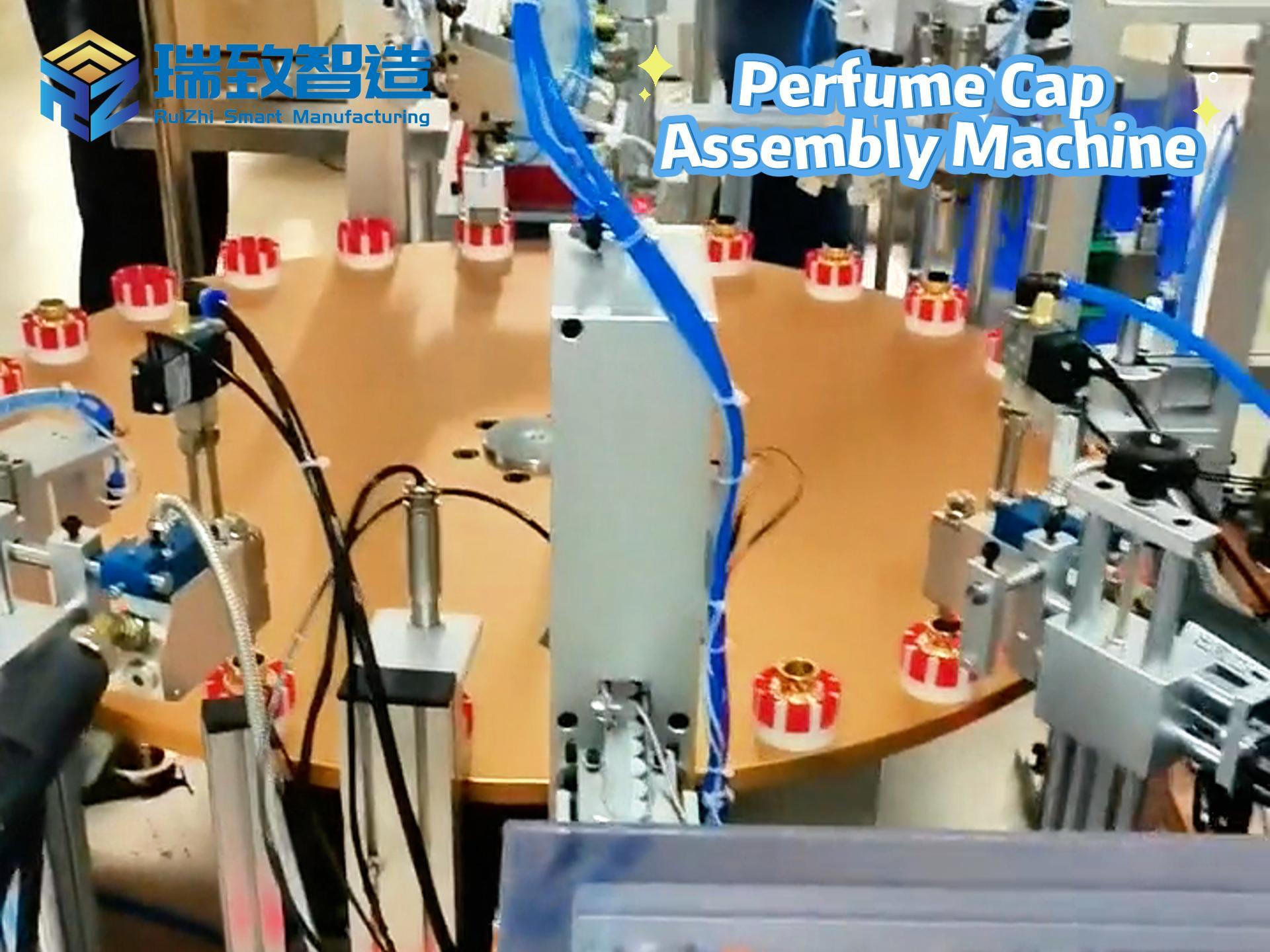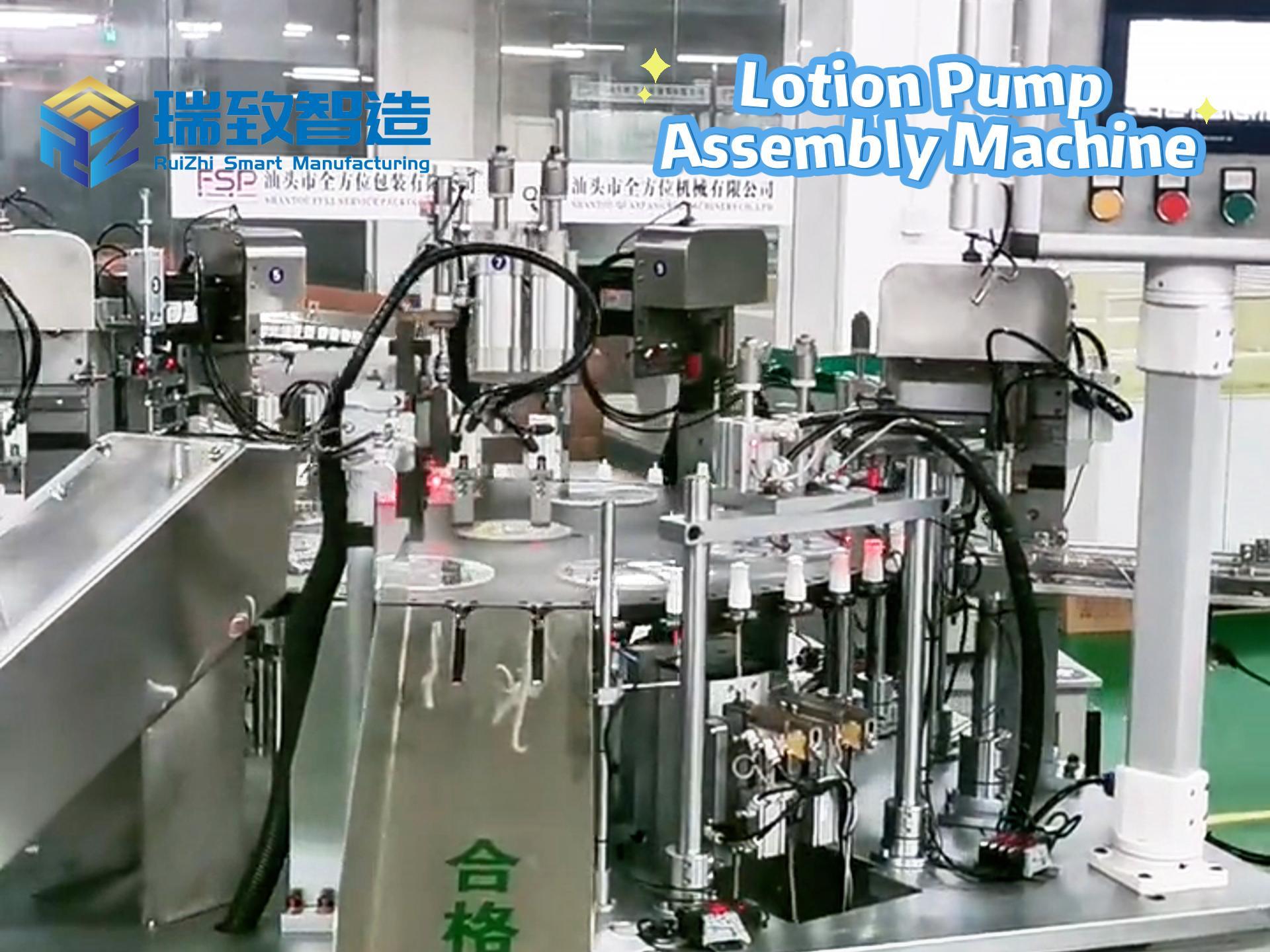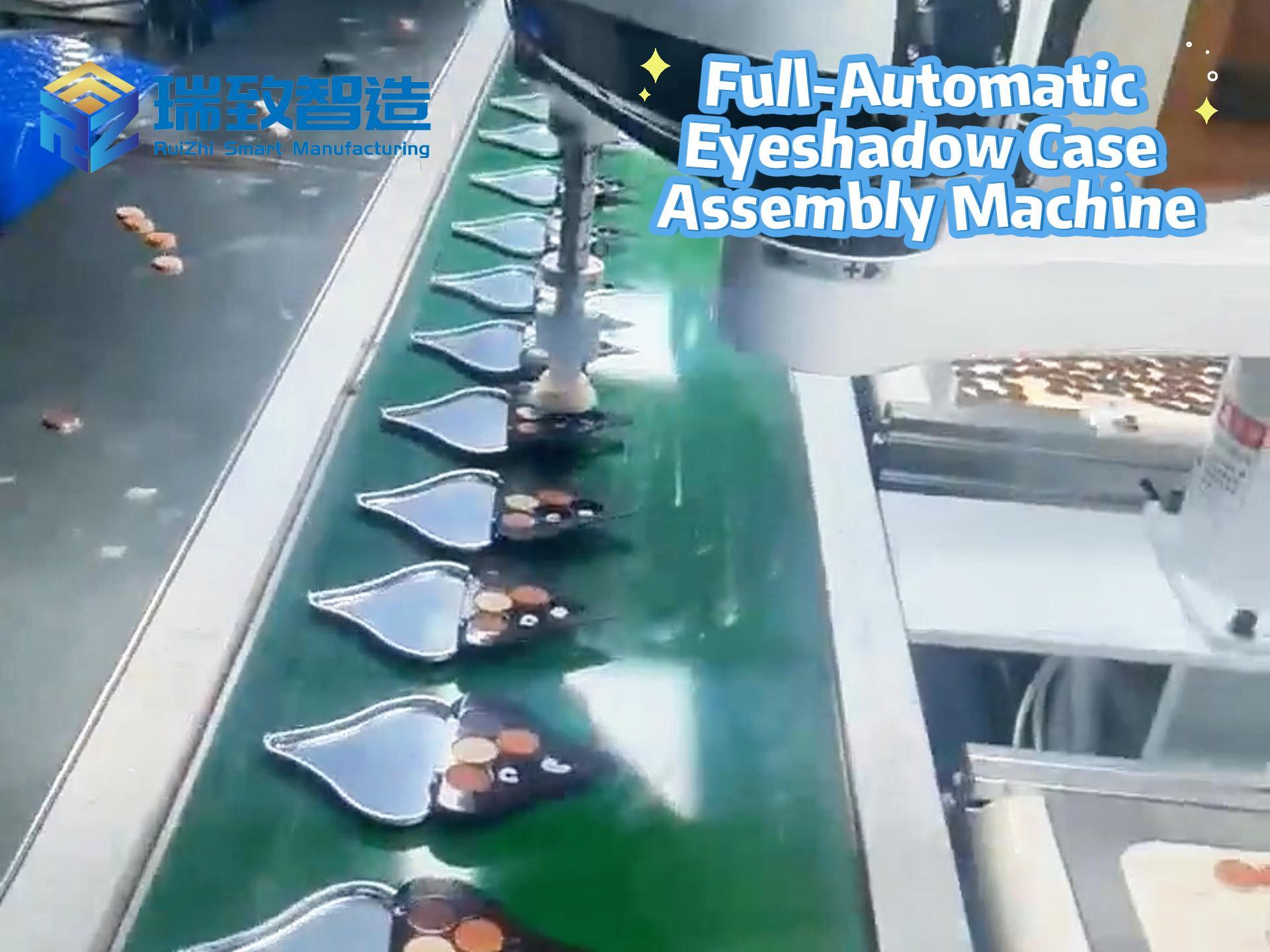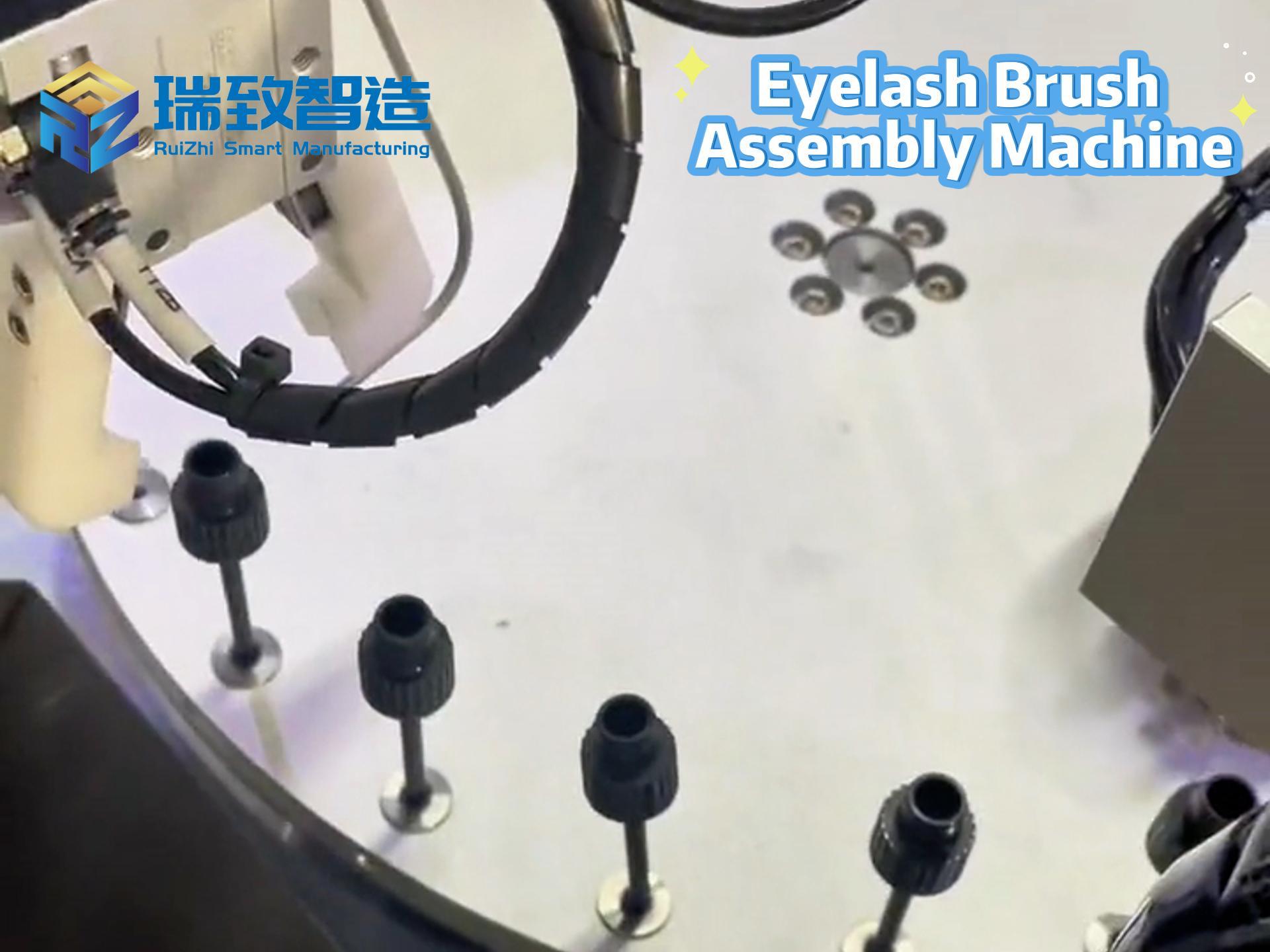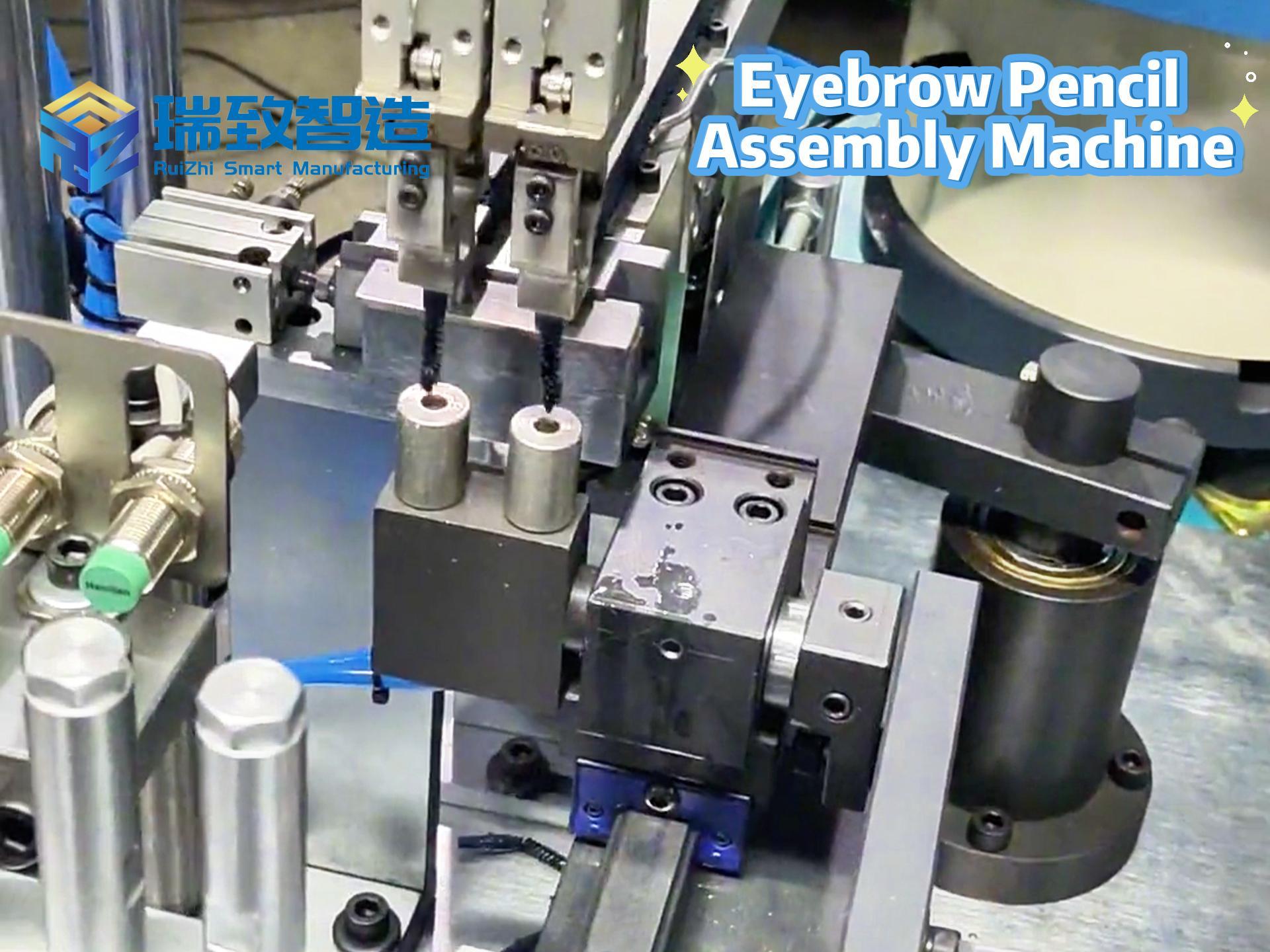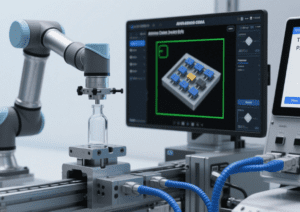
In the fast-paced world of modern manufacturing, where miniaturization and high-volume production dominate industries from electronics to pharmaceuticals, the demand for precise, efficient small product handling has never been greater. Enter the Robotic Small Product Tray Loading System—a technological marvel that combines robotic agility, advanced vision systems, and adaptive programming to transform how tiny components (think microchips, medical devices, or cosmetic applicators) are sorted, oriented, and loaded into trays. This automated solution is redefining productivity, accuracy, and scalability, addressing long-standing challenges in small-part manufacturing.
The Need for Specialized Automation in Small Product Handling
Traditional methods for loading small products into trays—often reliant on manual labor or rigid, one-size-fits-all machinery—struggle to keep pace with today’s manufacturing demands. Human workers, while adaptable, face limitations in speed, consistency, and fatigue, especially when handling components as small as 0.5mm. Meanwhile, fixed mechanical systems lack flexibility; reconfiguring them for new product sizes or tray layouts can take days, slowing time-to-market for custom or seasonal items.
Small products also introduce unique challenges: delicate materials (e.g., glass vials or semiconductor wafers) require gentle handling to avoid damage, while tight tolerances (often ±0.1mm) demand pinpoint precision. For industries like medical device manufacturing, where compliance and traceability are paramount, manual processes also raise risks of contamination or human error in documentation.
The Robotic Small Product Tray Loading System emerges as a solution to these pain points, merging robotics with smart technologies to deliver speed, precision, and adaptability in one integrated package.
How Robotic Tray Loading Systems Work: Core Components
At its core, a Robotic Small Product Tray Loading System is a synergy of three key technologies:
High-Payload, Compact Robots
These are often collaborative robots (“cobots”) or delta robots—lightweight, fast, and equipped with high-precision end-effectors (grippers, vacuum cups, or custom tooling) designed to handle small, delicate parts. Delta robots, with their spider-like arm structures, excel in high-speed pick-and-place tasks, achieving cycle times as low as 0.5 seconds per part—far outpacing manual rates.
Advanced Machine Vision
3D cameras, barcode scanners, and AI-powered image processing systems enable the robot to “see” incoming parts, identify their orientation (e.g., a capacitor’s positive/negative leads), and detect defects in real time. This vision system ensures parts are loaded correctly into trays, even if they arrive in random orientations on a conveyor belt.
Adaptive Software & PLC Integration
User-friendly programming interfaces allow operators to quickly adjust tray layouts, part dimensions, or loading sequences via touchscreen controls—no specialized coding required. The system integrates seamlessly with factory MES (Manufacturing Execution Systems) to log data (e.g., number of parts loaded, reject rates) for compliance and process optimization.
Key Benefits: Beyond Speed and Precision
The advantages of robotic tray loading systems extend far beyond replacing manual labor:
Unmatched Accuracy: With repeatability as tight as ±0.02mm, these systems eliminate misloads, reducing scrap rates and rework—critical for high-value components like microelectronics.
Flexibility at Scale: Switching between product types or tray designs takes minutes, not days. This agility is a game-changer for contract manufacturers handling diverse client orders.
Gentle Handling: Custom end-effectors, paired with force-sensing technology, ensure fragile items (e.g., lab reagents or optical lenses) are gripped with just enough pressure to avoid damage.
24/7 Operation: Robots operate continuously with minimal downtime, boosting throughput by up to 300% compared to human-led shifts.
Enhanced Traceability: Integrated sensors log every part’s journey, from loading to tray sealing, simplifying audits for industries governed by strict regulations (FDA, ISO).
Real-World Applications: Where Robotic Tray Loading Shines
Across industries, these systems are making their mark:
Electronics: Loading surface-mount components (resistors, LEDs) into anti-static trays for PCB assembly, ensuring precise orientation to streamline downstream soldering.
Pharmaceuticals: Sorting and loading small vials or pill blisters into packaging trays, with vision systems verifying batch codes for compliance.
Cosmetics: Handling miniature applicators (e.g., mascara wands) or sample-sized products, arranging them uniformly for retail-ready packaging.
Automotive: Loading tiny connectors or fasteners into trays for just-in-time delivery to assembly lines, reducing inventory waste.
Overcoming Challenges: Cost, Integration, and Adoption
While the benefits are clear, adoption isn’t without hurdles. Initial investment costs can be significant, though ROI is often achieved within 12–18 months through labor savings and reduced scrap. Integration with existing production lines may require adjustments to conveyors or feeding systems, but modular designs ease this process.
Training is another consideration: operators need familiarity with vision system calibration and robot programming, though modern interfaces (often tablet-based) simplify these tasks. As cobot technology advances, safety features like collision detection also allow robots to work alongside humans, easing workforce transitions.
The Future: Smarter, More Connected Tray Loading
As Industry 4.0 evolves, robotic tray loading systems are becoming even more intelligent. Predictive maintenance algorithms will soon flag wear on grippers before failures occur, while AI-driven vision systems will adapt to new part variations without manual reprogramming. Integration with IoT networks will also enable real-time monitoring of multiple systems across factories, optimizing global production schedules.
For manufacturers of small products, the message is clear: robotic tray loading isn’t just a tool for efficiency—it’s a strategic asset that unlocks scalability, quality, and competitiveness in an increasingly demanding market. As technology advances and costs become more accessible, these systems will no longer be a luxury but a necessity for staying ahead in the race to produce smaller, better, faster.

